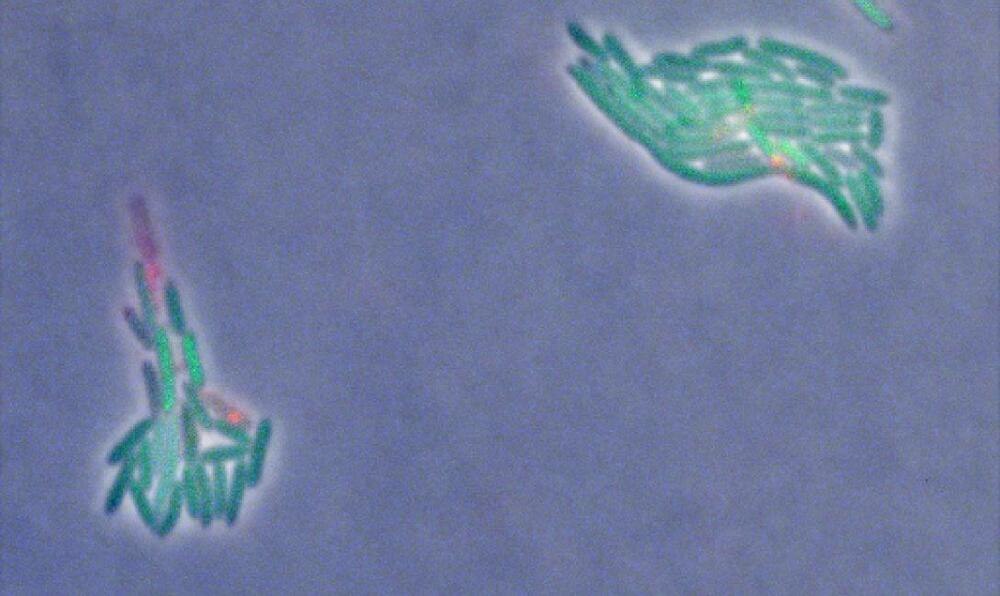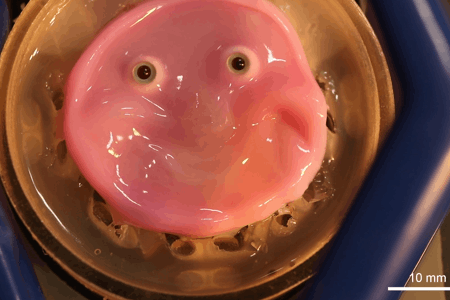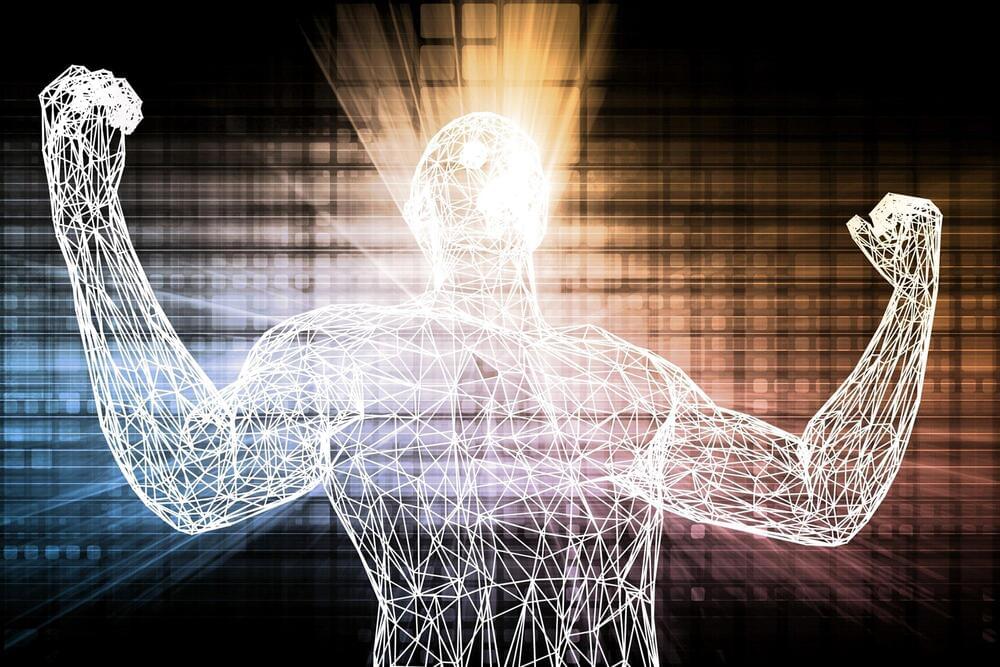Bioengineers demonstrated that an ATP biosensor can be used to reveal microbial energetic dynamics and facilitate bioproduction.


Aussie scientists have developed a new gene-editing technique that could be a major breakthrough. It could allow scientists to make accurate and more significant changes to DNA.
#Science #GeneEditing #genes
Giorgia Marucci of HORIBA explains how Jennifer Doudna, Emmanuelle Charpentier and their research teams revolutionized genetic engineering with their CRISPR-Cas9 discovery. Their groundbreaking approach to DNA editing elevated these two scientists to Nobel Laureate status when they received the Nobel Prize in Chemistry in 2020.
Read more about this story at: https://www.horiba.com/int/scientific…
Discover other Nobel Laureate stories at: https://www.horiba.com/int/scientific…
See more of HORIBA’s YouTube channel: / @horibascientific

Robots with human skin.
In a breakthrough that isn’t at all creepy, scientists have devised a method of anchoring living human skin to robots’ faces. The technology could actually have some valuable applications, beyond making Westworld-like scenarios a reality.
Two years ago, Prof. Shoji Takeuchi and colleagues at the University of Tokyo successfully covered a motorized robotic finger with a bioengineered skin made from live human cells.
It was hoped that this proof-of-concept exercise might pave the way not only for more lifelike android-type robots, but also for bots with self-healing, touch-sensitive coverings. The technology could additionally be used in the testing of cosmetics, and the training of plastic surgeons.

More than 3.5 billion years ago, life on Earth emerged from chemical reactions. Nature invented RNA, proteins, and DNA, the core molecules of life, and created the ribosome, a molecular factory that builds proteins from instructions in the genome.
Proteins are wondrous dynamic molecules with incredible functions—from molecular engines that power motion, to photosynthetic machines that capture light and convert it to energy, scaffolding that builds the internal skeletons of cells, complex sensors that interact with the environment, and information processing systems that run the programs and operating system of life. Proteins underlie disease and health, and many life-saving medicines are proteins.
Biology is the most advanced technology that has ever been created, far beyond anything that people have engineered. The ribosome is programmable—it takes the codes of proteins in the form of RNA and builds them up from scratch—fabrication at the atomic scale. Every cell in every organism on earth has thousands to millions of these molecular factories. But even the most sophisticated computational tools created to date barely scratch the surface: biology is written in a language we don’t yet understand.

Chinese scientists have engineered a solution by which they could bypass natural plant gene inheritance. They aim to deploy a CRISPR-based gene editing system to help the transmission of preferred genes even when they aren’t suitable for a plant.
The scientists devised a system that would use both a toxin and an antidote which would directly affect the male plant germline. Through this process, the researchers could overcome the natural Mendelian transmission rate. This can help increase the gene transmission rates up to 99% over two generations.

Menthol detection predates the sensation of cold, indicating separate activation mechanisms that can be distinguished. This differentiation opens possibilities for novel pain treatments that avoid unwanted thermal side effects.
Millions of people around the globe suffer from chronic pain, and many existing treatments depend on opioids, which have significant addiction and overdose risks. Developing non-addictive pain relief options could transform how pain is managed. Recent research focusing on a human protein that controls cold sensations are paving the way for new pain medications. These innovative drugs aim to manage pain without altering body temperature or posing addiction risks.
A new study published in Science Advances on June 21, led by Wade Van Horn, professor in Arizona State University’s School of Molecular Sciences and Biodesign Center for Personalized Diagnostics, has uncovered new insights into the main human cold and menthol sensor TRPM8 (transient receptor potential melastatin 8). Using techniques from many fields like biochemistry and biophysics, their study revealed that it was a chemical sensor before it became a cold temperature sensor.

Shukla, G., Singh, S., Dhule, C. et al. Sci Rep 14, 6,530 (2024). https://doi.org/10.1038/s41598-024-55159-6

Scientists have discovered that CAR T cells, traditionally used in cancer treatment, can be engineered to fight aging by eliminating senescent cells, offering a promising single-dose, lifelong treatment against aging-related diseases.
The fountain of youth has eluded explorers for ages. It turns out the magic anti-aging elixir might have been inside us all along.
Cold Spring Harbor Laboratory (CSHL) Assistant Professor Corina Amor Vegas and colleagues have discovered that T cells can be reprogrammed to fight aging, so to speak. Given the right set of genetic modifications, these white blood cells can attack another group of cells known as senescent cells. These cells are thought to be responsible for many of the diseases we grapple with later in life.